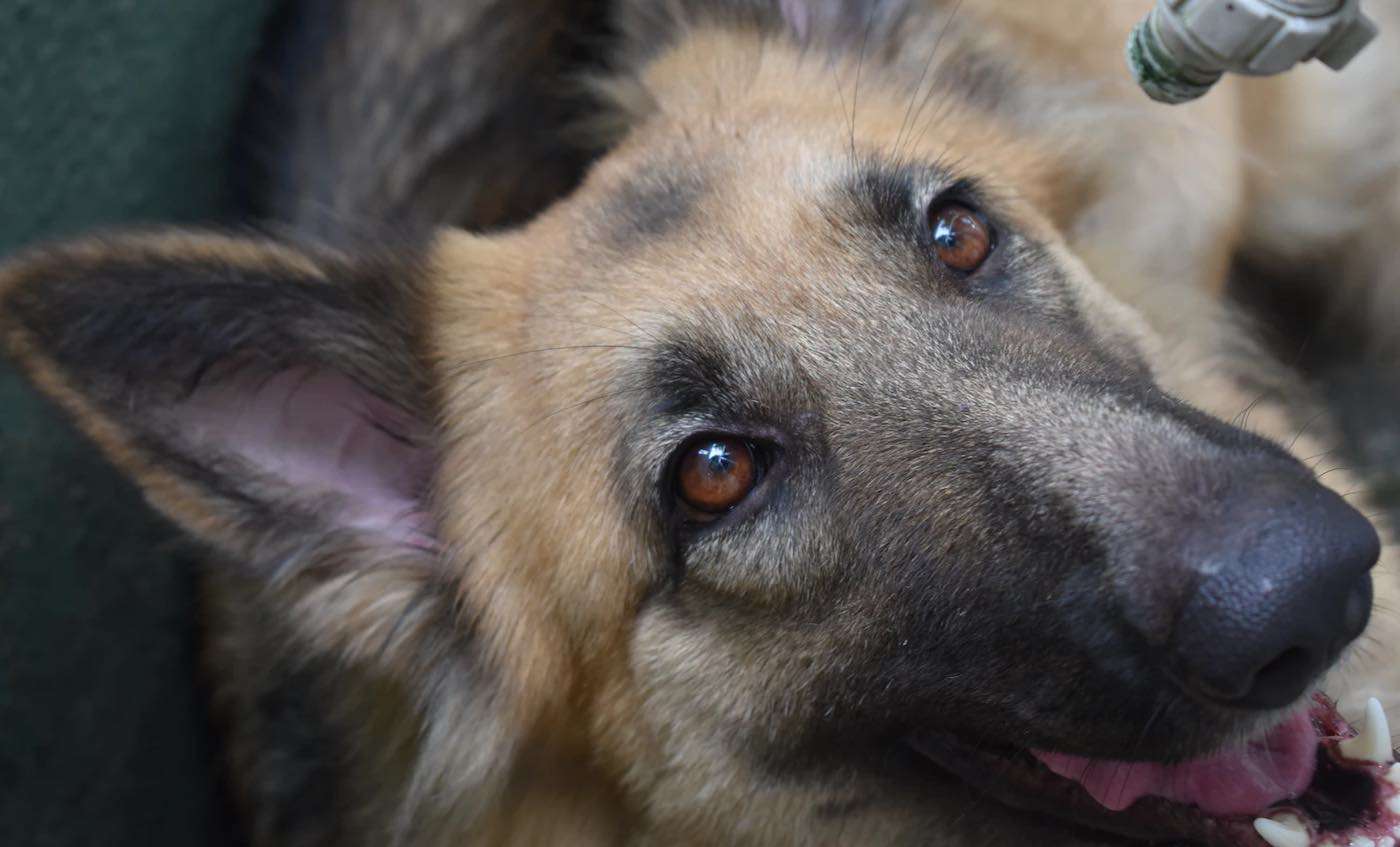Watch Humpback Whales Herd Salmon With Their Fins in Never-Before-Filmed Feeding Behavior
Humpback whales in southern Alaska waters were filmed "herding" salmon into their mouths for the first time in history by fisheries student Madison Kosma.

Does sweat from someone infected with COVID-19 have a unique scent? Researchers in Paris, and elsewhere, believe it does—and we now know dogs can sniff it out.
A new study from researchers at the national veterinary school in Alfort, outside Paris trained 8 Belgian Malinois shepherds to identify the smell of COVID-19 in the sweat of infected individuals.
The dogs' overall success rate was near-perfect, correctly guessing an average of 95% of samples. Four dogs successfully identified a positive COVID sweat sample 100% of the time.
Many of the countries which have had the greatest success maintaining low numbers of Covid case numbers have done so with widespread use of testing. Using dogs, according to the scientists, would greatly increase the speed at which people could be tested, and they resolved to move forward with subsequent studies in case of resurgent numbers as lockdowns throughout the Northern Hemisphere end.
For centuries, the authors note, humans have used their sense of smell as a tool for medical diagnoses, and dogs have been detecting cancer in over 2,000 modern scientific studies.
Since the animal's highly-developed sense of smell was first used to detect malignant tumors for bladder, colorectal, and other cancers in the 1980s, the idea for disease-detecting canines moved outside the field of oncology into research studies for epilepsy, diabetes, and even Parkinson's.
For the Coronavirus study the authors collected 168 samples of armpit-perspiration from Covid-positive individuals who were not in need of significant medical supervision. They used 18 dogs that had been trained to detect explosives, colorectal cancer, and survivors during search and rescue missions.
Jars containing samples of Covid-positive perspiration were placed in a line. Funnels were inserted into the jars allowing the canines to put their noses close to the sample. Trials were done with 3, 4, 6, and 7 jars, with only one containing a positive sample.
"The results of this first proof of concept study demonstrate that COVID-19 positive people produce an axillary sweat that has a different odor, for the detection dog, than COVID-19 negative persons," write the authors of the study.
"In a context where, in many countries worldwide, diagnostic tests are lacking in order to set up a mass detection of COVID-19 contaminant people, we think it is important to explore the possibility of introducing dog olfactive detection as a rapid, reliable and cheap "tool" to either pre-test willing people or be a fast checking option in certain circumstances."
SHARE This Breakthrough With Your Friends on Social Media…
Need more positive stories and updates coming out of the COVID-19 challenge? For more uplifting coverage, click here.
Be the first to comment